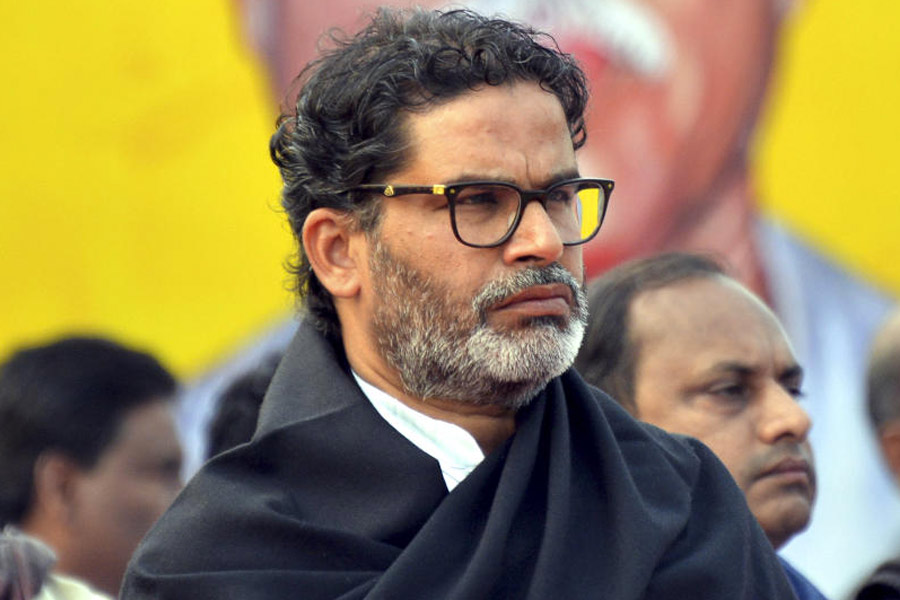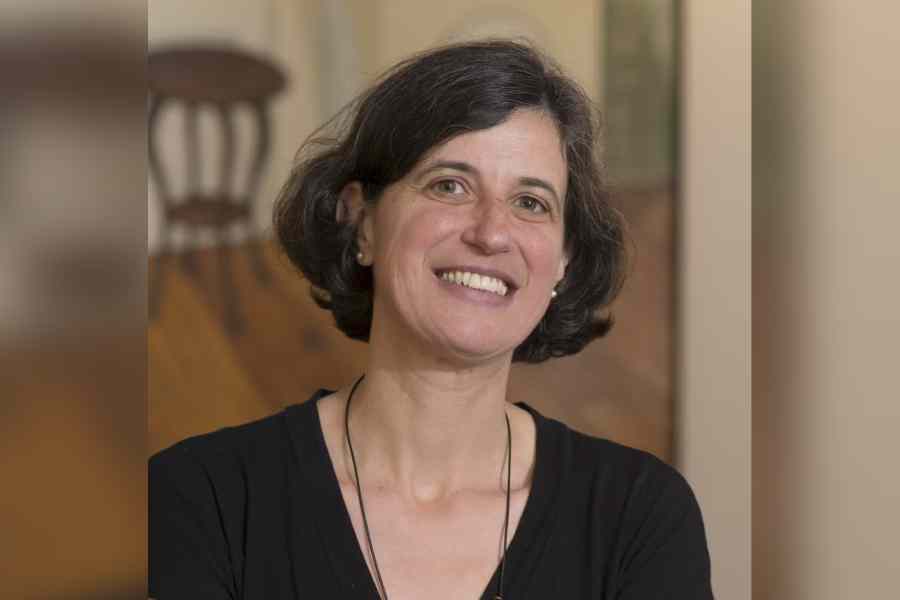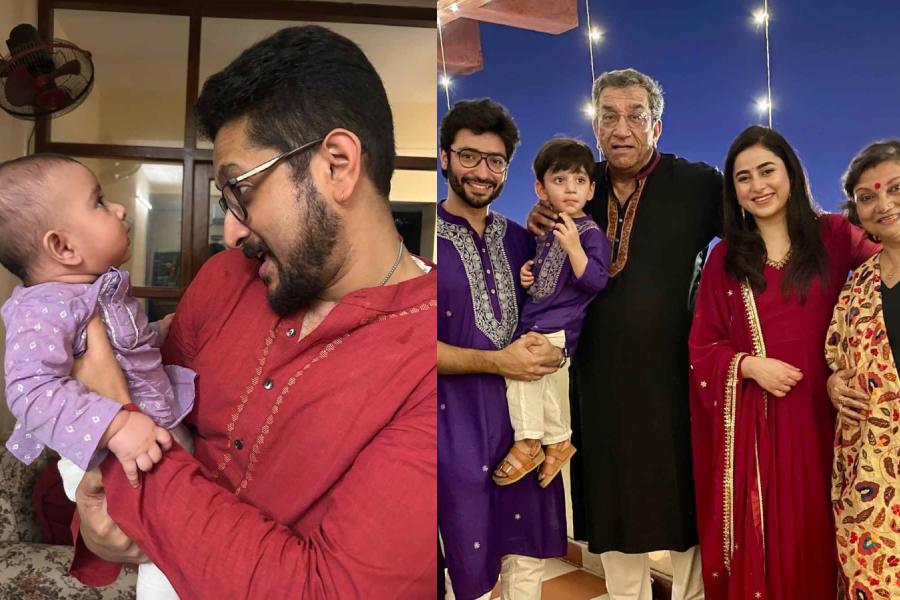 |
| Sajal Bandopadhyay. |
Name: Sajal Bandopadhyay
Known as: “Sir”
Claim to fame: Rotates sound for therapy.
What’s that: Music recorded by him floats slowly inside the listener’s head, sometimes on the right side, sometimes on the left, sometimes both, building up slowly and massaging out stress. It’s like surround sound inside the head.
“I felt that if I could rotate sound it could have a tremendous impact on the brain and enhance its capacity. It also makes for mental as well physical rejuvenation,” says Bandopadhyay, a researcher.
How does it work: He programmes sound movement using the science of Aset (Acoustical Spinning Excitation Transmission) that leads to “gyrosonic brain stimulation” (he has coined the word gyrosonic, which means rotating sound). It works through a sound signal that regularises the brain, he claims.
He was working on both audio and visual media, but felt that it was easier and faster to stimulate the brain through sound. “People suffer from imagined stress that fogs their brain and impairs memory, language and verbal fluency. I was working on audio-visual means for a long time, but the root of my research was based on a search for stimulation that could enhance long-term memory. It led me to gyrosonic brain stimulation,” explains Bandopadhyay. “In other words it is a pacemaker for the brain.”
What music does he use: The music is mostly percussion. He has rotated Shubhankar Banerjee’s Tablatel, released in France and Taalyagna, with compositions by Tanmoy Bose and Shubhankar Banerjee, in his own studio. He has also done up a 1940 recording of Lata Mangeshkar. His recent release includes an album of devotional songs by Srikanta Acharya, Sreeradha Banerjee and others called Bodhon.
Name and fame: He filed for a patent for rotating sound in 2001. It was granted by the Centre in 2006. He has written a paper on gyroscience in the International Journal of Neuroscience in Philadelphia.
What now: Bandopadhyay, who already has set up Wingard, a research academy, has laid the foundation stone of another institute called Centre for Cultivation of Cognitive Science. He wants to conduct a study of 10,000 stressed schoolchildren to understand fear related to studying and exams.











